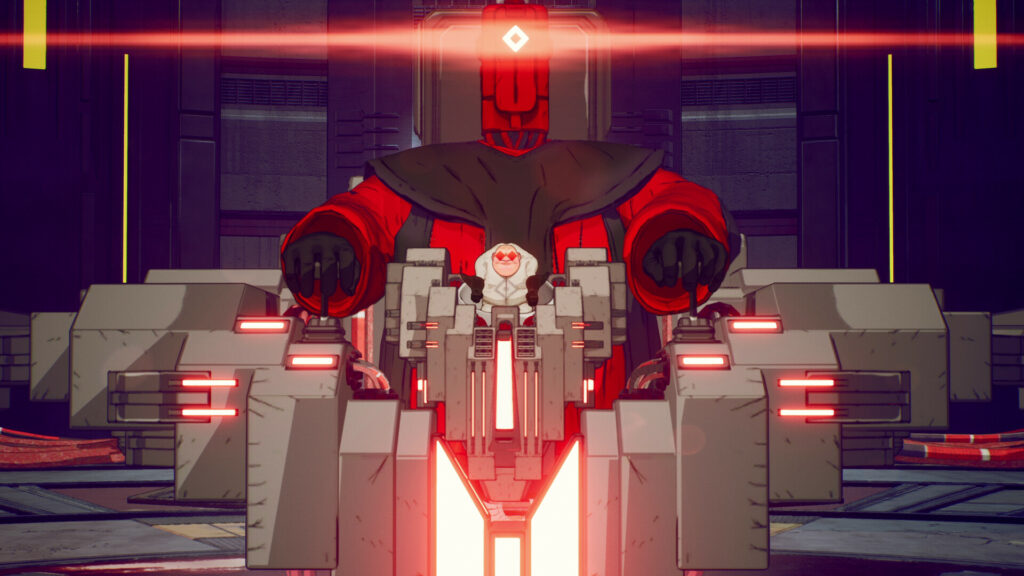I got a LinkedIn notification earlier today telling me that, two years ago to the day, I joined Wabisabi Games, the studio behind Rakugaki – the object of this short post. I just thought that was kind of a neat moment of serendipity.
And speaking of serendipity . . .
When I fell in love with videogames (and I mean fell hard), I was already a writer in training. It was 1999, I was 13 and I was playing Final Fantasy VIII. The deeper I went into that game’s story, which a few years later really informed my fist novel, Reverie of Gods, the more I started to think: “What’s it like to write a videogame?”
I began to have that itch scratched a bit later, in 2014, when I was called in to punch-up the dialogue for Chaos Industries’ Agent Awesome, my first shipped game. Then, when I was hired as Lead Narrative Designer in Kuijez, a purely narrative game for children. And then I hopped onto the big leagues by working as a writer in the epic IMMORTAL: Gates of Pyre by SunSpear Games and now Rakugaki, developed by Wabisabi Games and published by Gearbox.
I’ve been here before: during launch day for a project I’ve worked on for years – either by myself or more excitedly part of a large team of hyper talented artists. It was nerve-wracking and exciting with The Armor of God, with Villainous, Rey Mysterio Vs. The Darkness and more. It never gets any less nerve-wracking or any less exciting.
My philosophy for these moments in which you’re sharing art with a wide audience that isn’t always friendly is this: I ask myself if I did everything I could, to the best of my current abilities, within the liberties and limitations of the project and the medium. And I did! I followed my heart and more importantly the direction expertly given by Game Director Anwar Noriega and I’m really happy to say that looking at the finished product, I can confidently stand behind the game and my work on it, which is really all I can ask for in the end.

Simplicity was one of the guiding pillars for the storytelling in the game’s main loop and critical path. For someone who loves writing stories like Reverie or Armor, which are up to the neck in intertwining story threads and plot twists, telling a simple story is its own exciting challenge. Which is why I was really happy with the opportunity to have a whole bunch of optional dialogue that would not get in the way of the player’s critical path (especially in a game that’s all about keeping a fast pace going) but could shed some light into the characters and the world. I do think that it was in these optional dialogue scenes between Valah and the many members of Rakugaki that I really poured most of the story’s heart and themes. I strongly recommend everyone interested to do the Mass Effect thing and check on their crew between levels; you might learn some interesting things about them. I also really enjoyed writing the text for the “Black Book”. Anyone interested in the nature behind each level should check it out!
Although I am starkly aware that no one is playing this game for its story, I know it has its place in the overall project, however small, and I am very proud of playing my part in filling that part. I couldn’t ask for more!
As I always do with projects with which I’m legitimately happy and proud, I really want to thank Anwar Noriega, José Luis Islas, Aniie Erosa, Pabel Lerma and the entire Wabisabi team. It was a privilege to see this team work to put together something as insanly complex as a videogame. It’s so easy to forget just how much work goes into it and I’m ecstatic to see that players, streamers and critics have enjoyed the fruit of the studio’s labor. Also thank you to Gearbox and Riot for making it possible.
If you’d like to join us, you can now get Rakugaki on Steam! I sincerely hope you enjoy playing it as much as I enjoyed working on it as Lead Narrative Designer. Check out the Launch Trailer if you still need convincing!

